A kitchen is a room with a special temperature and humidity regime. It is necessary to constantly maintain cleanliness and order here. In this regard, the walls and floor in such a room must be made of appropriate materials. The best of them is the tile for the kitchen. The design and photos of various interiors show the possibility of making different design decisions. In our article, we will get acquainted with the advantages and disadvantages of ceramic tiles, as well as the nuances of laying the material.
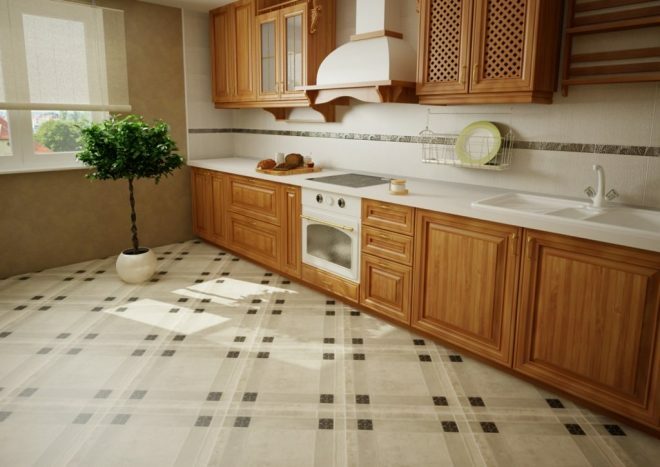
Advantages of decorating kitchen walls with tiles
With the help of ceramic tiles, each owner can decorate the floor and walls in the kitchen. This material has the following strengths:
Attention! Earned on our website kitchen designer. You can familiarize yourself with it and design your dream kitchen for free! May also come in handy wardrobes designer.
- Good resistance to sudden changes in temperature and humidity.
- The hygiene of the tiles on the kitchen wall. This quality means that the material does not absorb odors. The products have a solid surface that prevents the reproduction of pathogens.
- Good wear resistance of the coating. With proper care, tiles can be used for 50 years without losing their technical characteristics.
- High strength of products.
- Fire resistance.
- High level of electrical safety. The tile is considered a dielectric, it does not conduct current.
When choosing ceramics, each user will be able to create a unique tile design for the kitchen, in the photo you can see only some of the popular options.
The nuances of choosing a tile
When choosing ceramic tiles, consider the area of its application. The products can be used for finishing the floor, wall surfaces, as well as the arrangement of the working area in the kitchen. It is recommended to use decorative materials based on technical indicators and decorative properties.
For example, white tiles in the kitchen are more suitable for wall decoration. It is advisable to select materials with high resistance to abrasion and mechanical stress for the installation of flooring. The tiles in the apron area, near the gas stove or oven must withstand sudden temperature fluctuations. When choosing a tile, not the last attention is paid to the price of the material, low-cost products are more exposed to various mechanical influences and abrasive forces.
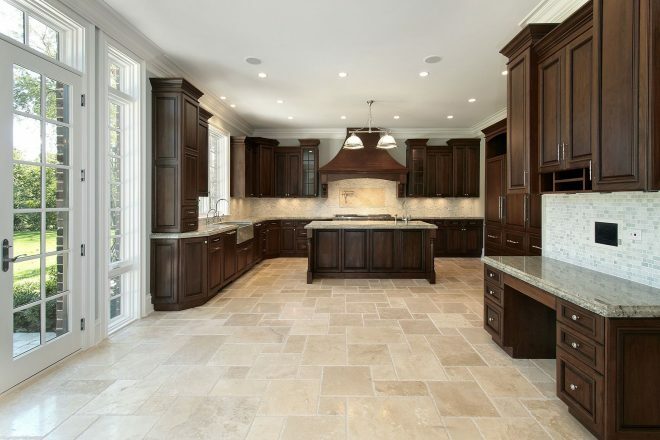
When buying tiles, give preference to a product that has high strength values. Cracks will not appear on such tiles from accidental dropping of dishes. In addition, the upper wear-resistant layer of the material must withstand chemicals and withstand sudden changes in temperature.
If you need to choose a tile for a floor covering, purchase a product with an anti-slip surface. Pay special attention to the design of the material; the color of the tiles should match the shades of the kitchen furniture. This is the only way to create a favorable atmosphere in the room.
Coating laying methods
Ceramic tiles are the best finishing material for the kitchen. During the installation of the cladding, it is recommended to use the same tile for arranging different surfaces. If it is necessary to divide the room into several functional zones, for example, the dining and working parts, products that are different in shade and size are used.
One of the options for laying tiles on the floor in the kitchen is to place the elements in a checkerboard pattern. This arrangement of products on the surface will create contrast, bring brightness to the room. Such a decorative floor finish is suitable for any style, from austere classic to modern high-tech. With this method of laying the flooring, the tiles on the apron must be laid in such a way as to create a monochrome light surface.
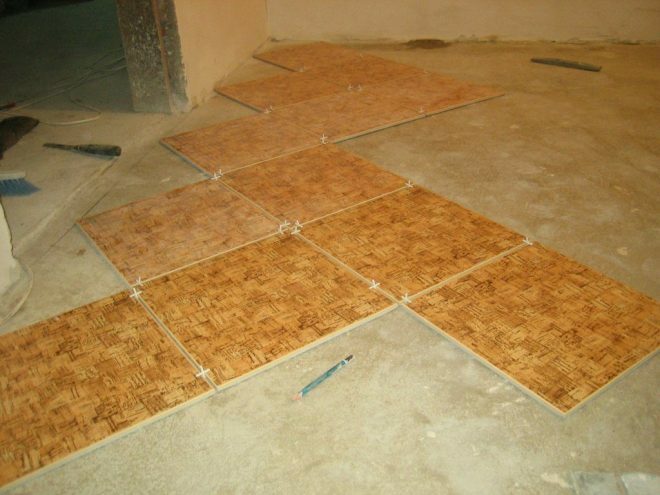
If you have a standard bright interior for your food preparation area, choose non-standard tiling options. The best options would be to lay products in a patchwork style or with a combination of elements in contrasting shades. The coating looks beautiful, which is combined with various patterns on the walls of the kitchen. These include ethnic patterns, as well as geometric prints on the walls.
There is another popular option for installing ceramic tiles on the floor in the kitchen, this is the placement of rectangular pieces in the form of a Christmas tree. Such laying resembles parquet, creating an original design in the room. Placing tiles in a herringbone pattern is suitable for the interior of a classic-style kitchen. A good non-standard solution would be to design a tile in the form of a mosaic, when small products alternate each other. This option is used to decorate walls in the kitchen and work area, an apron. Some experts create real masterpieces from patterns.
Varieties of tiles
Tiles for decorating floor and wall surfaces by design can be conditionally divided into several types:
- moroccan;
- products with imitation marble;
- tiles with a surface resembling natural stone;
- tiles with a textured surface.
The loft style is especially popular in modern kitchen interiors, when the walls of the room imitate brickwork. On the modern market, you can find a huge number of products that will suit every taste of a property owner. The tiles in the interior of the kitchen can have different colors and dimensions. So light products with imitation of bricks are well combined with the Provence interior style.
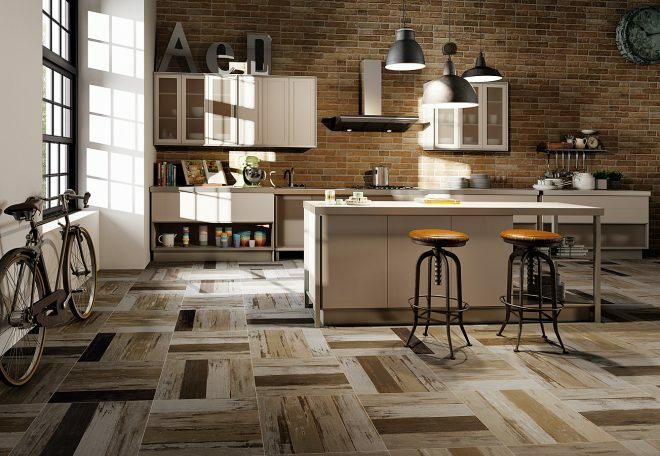
One of the options for laying tiles on the kitchen floor is the use of materials that imitate the texture of natural stone. Such a coating is suitable for an interior made in a classic style. There are tiles on the market today that can replicate the surface of granite or marble, as well as other valuable minerals. The structure of such a product is difficult to distinguish from natural rocks. A similar design of the walls of the kitchen goes well with a wooden furniture set.
Tiles that imitate the structure of a tree look luxurious and rich. Such materials are not inferior to natural products in appearance. There are coatings that wood texture can be applied to. Despite its natural origin, ceramic tiles have a number of advantages over their natural counterparts. This is the retention of linear dimensions after sudden temperature changes. In addition, the material does not rot and is not affected by mold after moisture ingress.
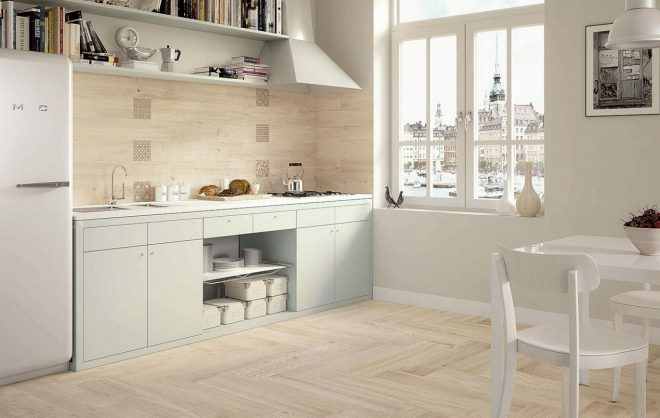
Selection of material for the floor
The floor covering should serve the owner for many years, therefore, for its device, you need to choose a durable and reliable tile with high resistance to abrasion forces. The selection of products is carried out taking into account their technical characteristics. It is best to use porcelain stoneware for flooring.
Tile flooring must be able to withstand the weight of the furniture without damage or deformation, and be resistant to heavy objects falling. It is important to choose high-quality ceramics so that it can meet all the stated characteristics. There is no need to save on such a product, because cheap low-quality products will not last long.
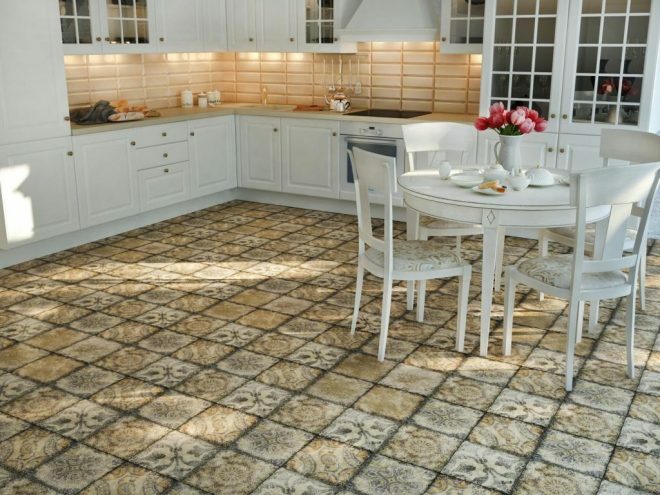
Modern design in the kitchen
Modern designers use ceramic tiles not only for flooring and decorating walls in the kitchen. This material can be used to decorate a fireplace, decorate the surface of a kitchen set and cabinets. Each of the functional areas in the room is separated by color, but the size and texture of the products must match. When dividing the kitchen into several functional sectors, choose a color that can organically fit into the desired part of the room.
The most unusual option for laying tiles in the kitchen is the placement of interesting patterns and pictures. Apples or olives will stand out on a light green wall, and a blue splash will work well with these decorative patterns. A tile with a print of animals, for example, cats, looks beautiful and original.
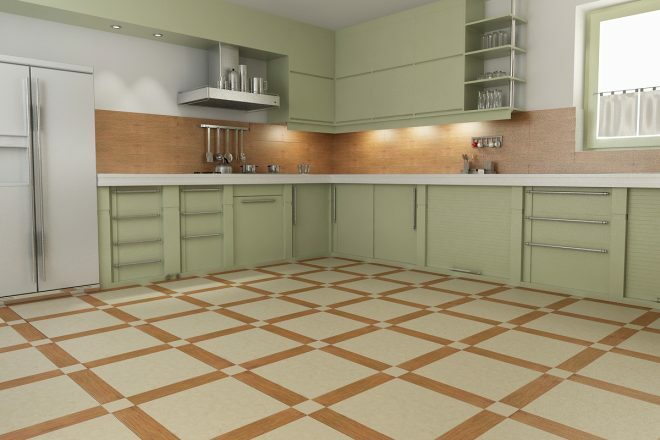
For a loft-style kitchen, ceramic tiles with imitation of brickwork or products that resemble leather are ideal. For classic interiors, materials of restrained shades are selected. Dim tiles with pictures of nature will fit into such rooms. For the high-tech style, abstractions and ethnic images are used on the walls.
The standard solution is considered to be laying out tiles in rows, or using geometric shapes, patterns to decorate the surface. To create an unusual colorful design, you need to lay the tiles in a chaotic manner. Such a surface will be significantly different from the rest. Another non-standard solution is the laying of mosaics on the walls, but this option must be combined with the walls of the same background.
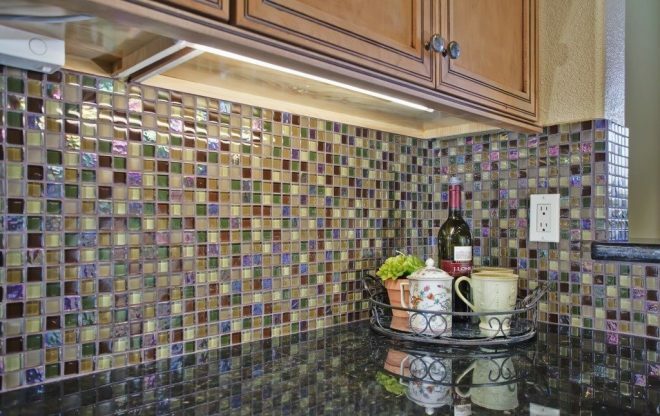
Non-standard solutions for the design of the apron
For finishing the apron, strong and wear-resistant materials are selected. The tiles here are constantly under the influence of high temperatures. In addition, high humidity affects the surface, which often leads to deterioration of low-quality products.
There are a huge number of ideas for the design of an apron. One of these is the installation of a special screen or laying tiles with various images in 3D format. An unusual surface appearance can be achieved by using Arabica ceramic tiles with oriental motifs such as sakura or Egyptian hieroglyphs. In some cases, it is advisable to design a work area with various floristic compositions. For many rooms, an image of beautiful colorful roses or tulips is suitable.
Apron decoration is carried out according to the following rules:
- Large tiles are used in spacious kitchens. In small rooms, such products will visually narrow the usable space.
- If it is necessary to highlight the apron from the general composition without changing the color palette, arrange products with patterns in a vertical direction, orient the patterns horizontally on other walls.
- If you wish, you can decorate the work area in restrained, austere colors. In this case, the apron is distinguished with a bas-relief or special edging of a different style. For this technique, products that imitate marble or natural stone are suitable. In any case, the design of the work area should be in harmony with the color of the kitchen set.
There are other design tricks as well. If it is necessary to change the design in the interior of the kitchen, it is not at all necessary to carry out repair work and tear off the tiles. Instead, you can use special wall decals that will revolutionize your room. Such products are made from special raw materials, they are not afraid of exposure to high temperatures and moisture, so they are ideal for an apron.
Video
Photo
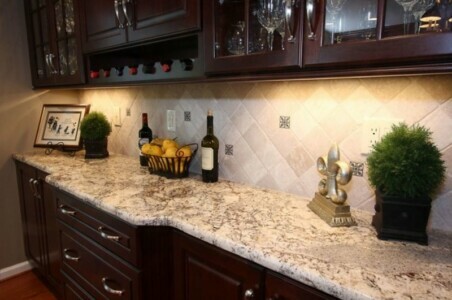

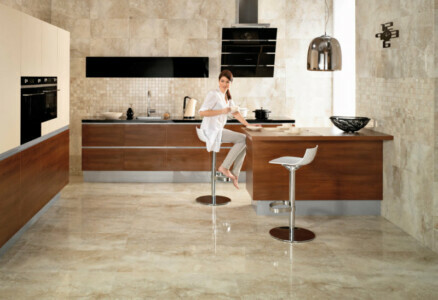

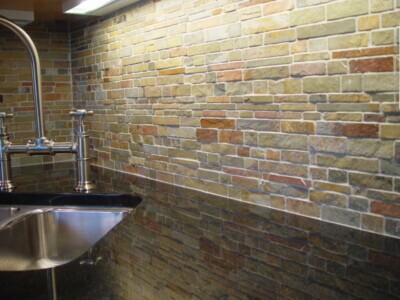
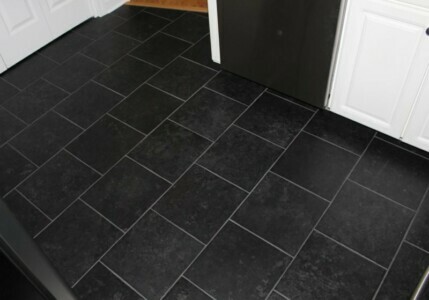

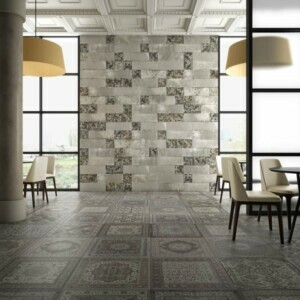
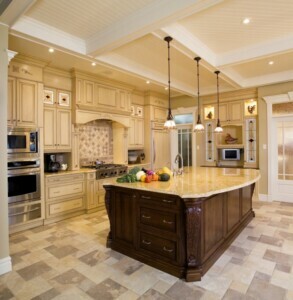
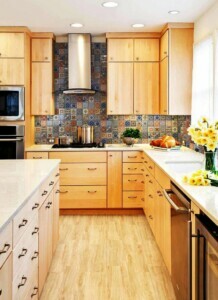
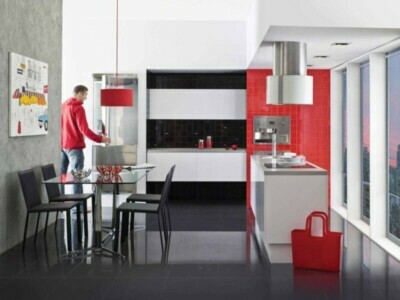
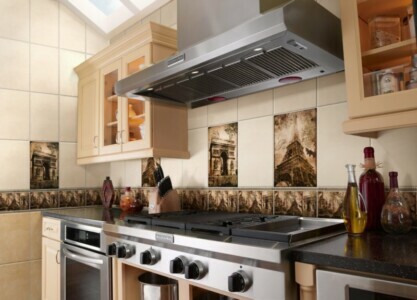

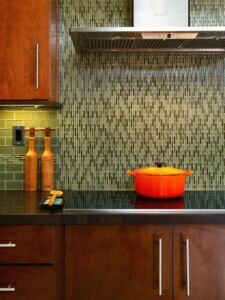
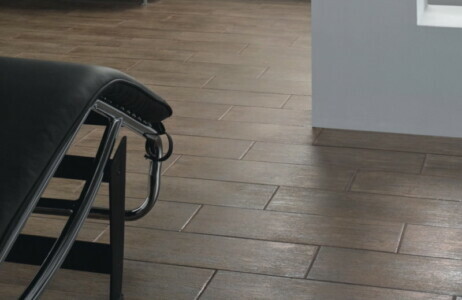
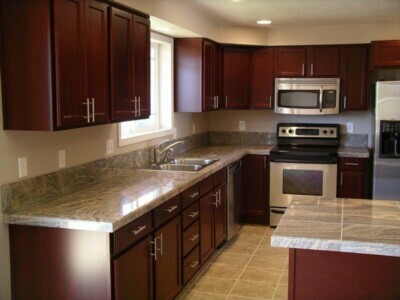
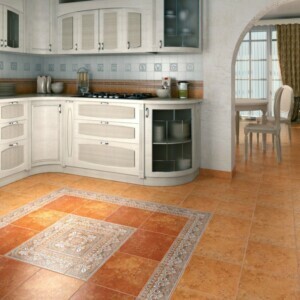

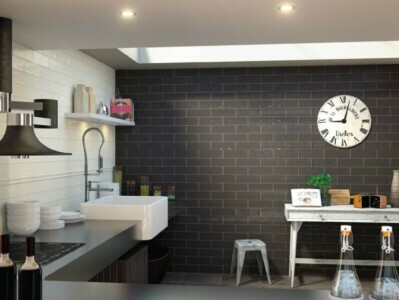
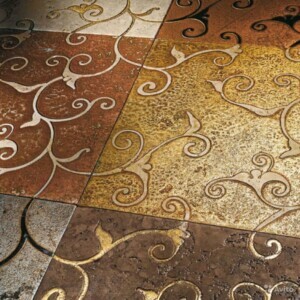

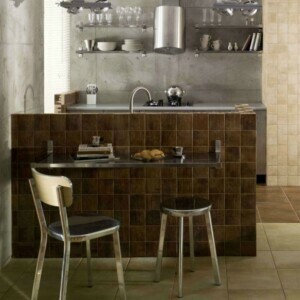
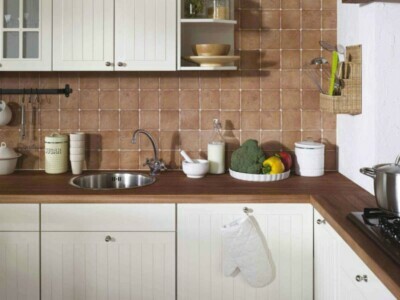
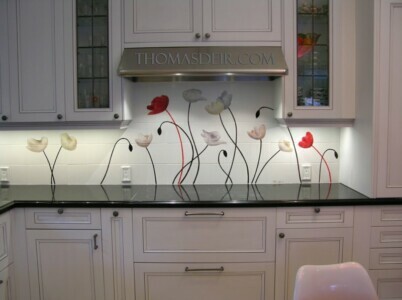
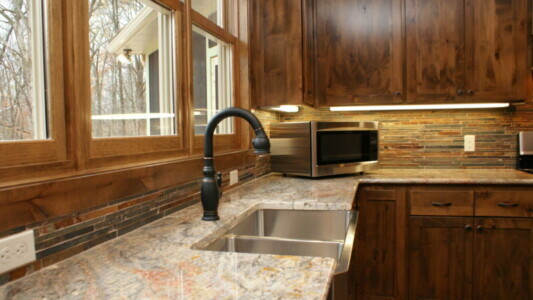
SONY DSC

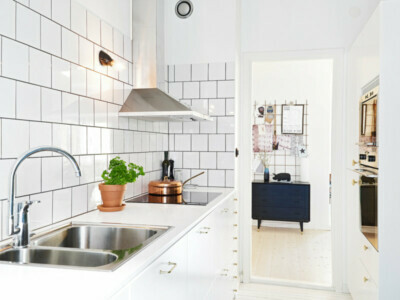
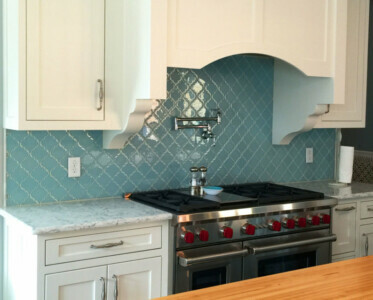
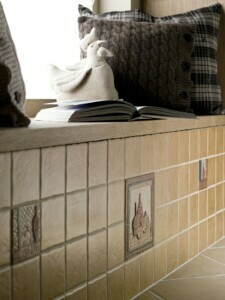
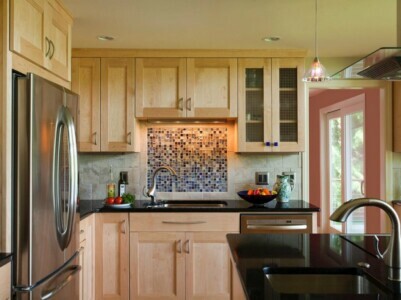
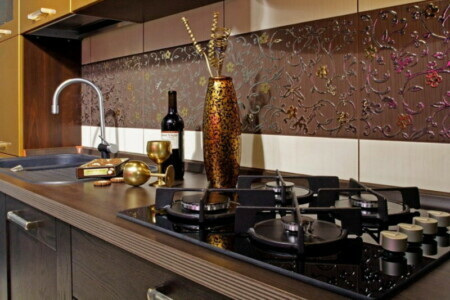
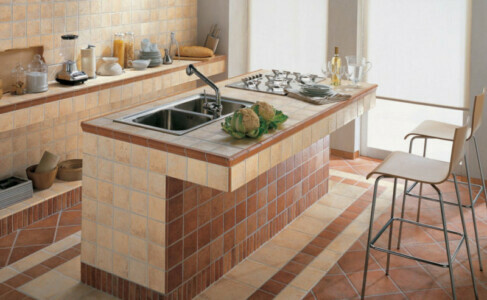
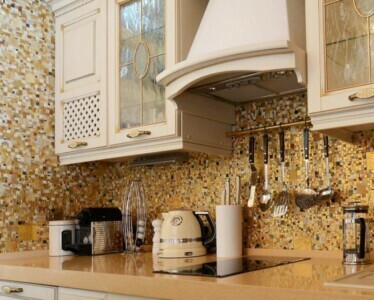
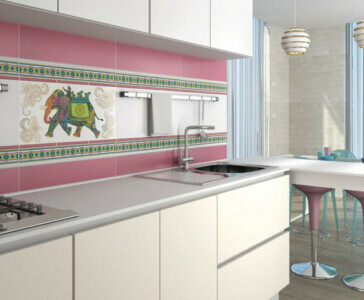
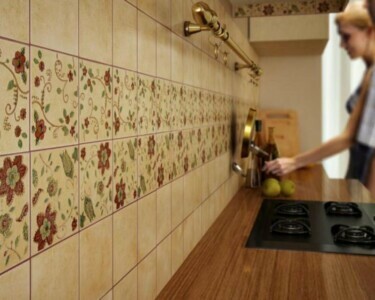

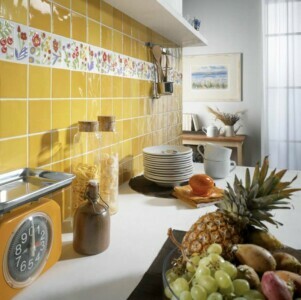
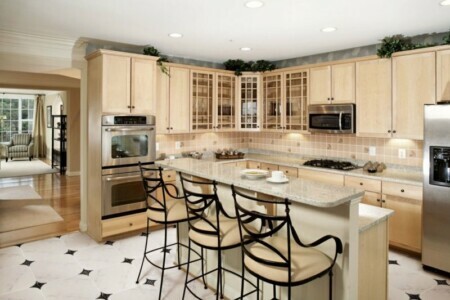
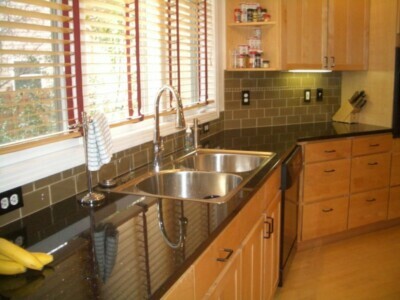


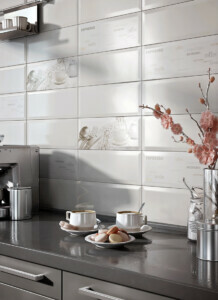

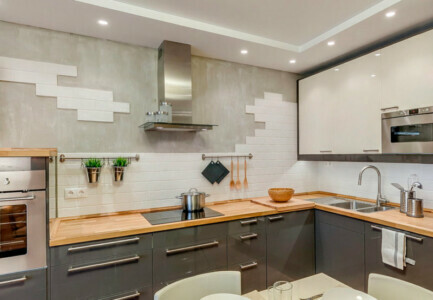
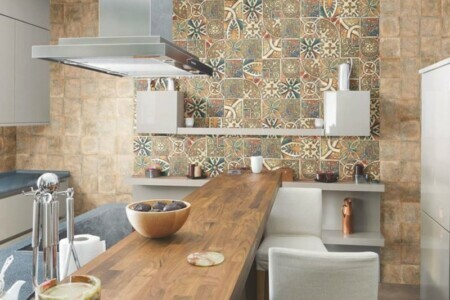
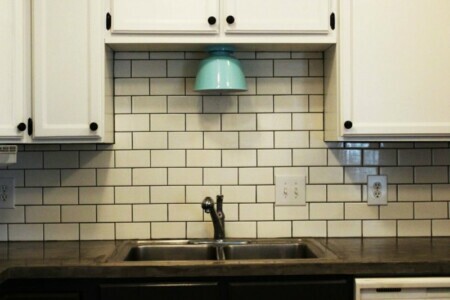
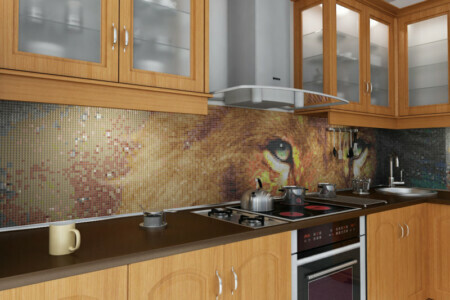
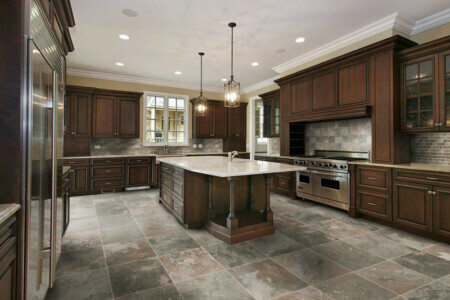

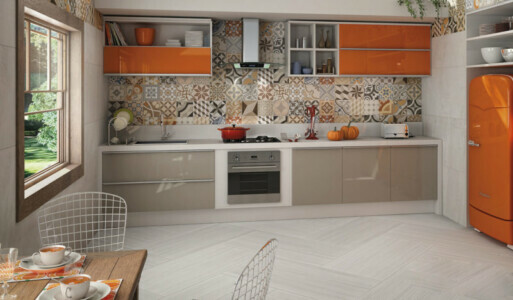
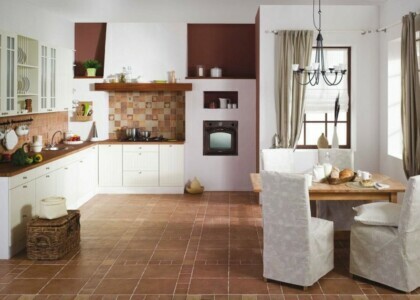

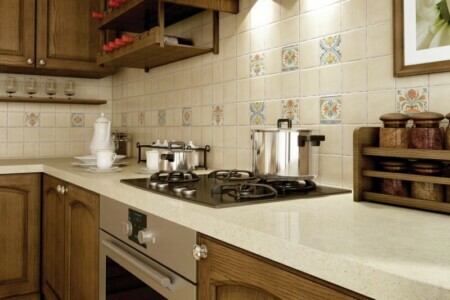
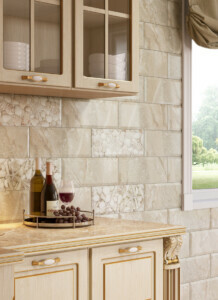
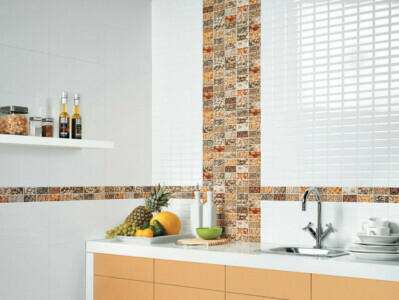
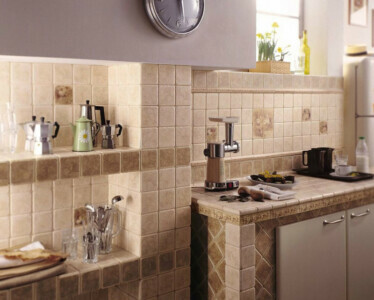
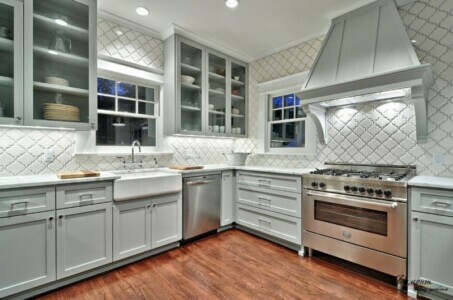
average rating 0 / 5. Number of ratings: 0
No ratings yet. Be the first to rate.


